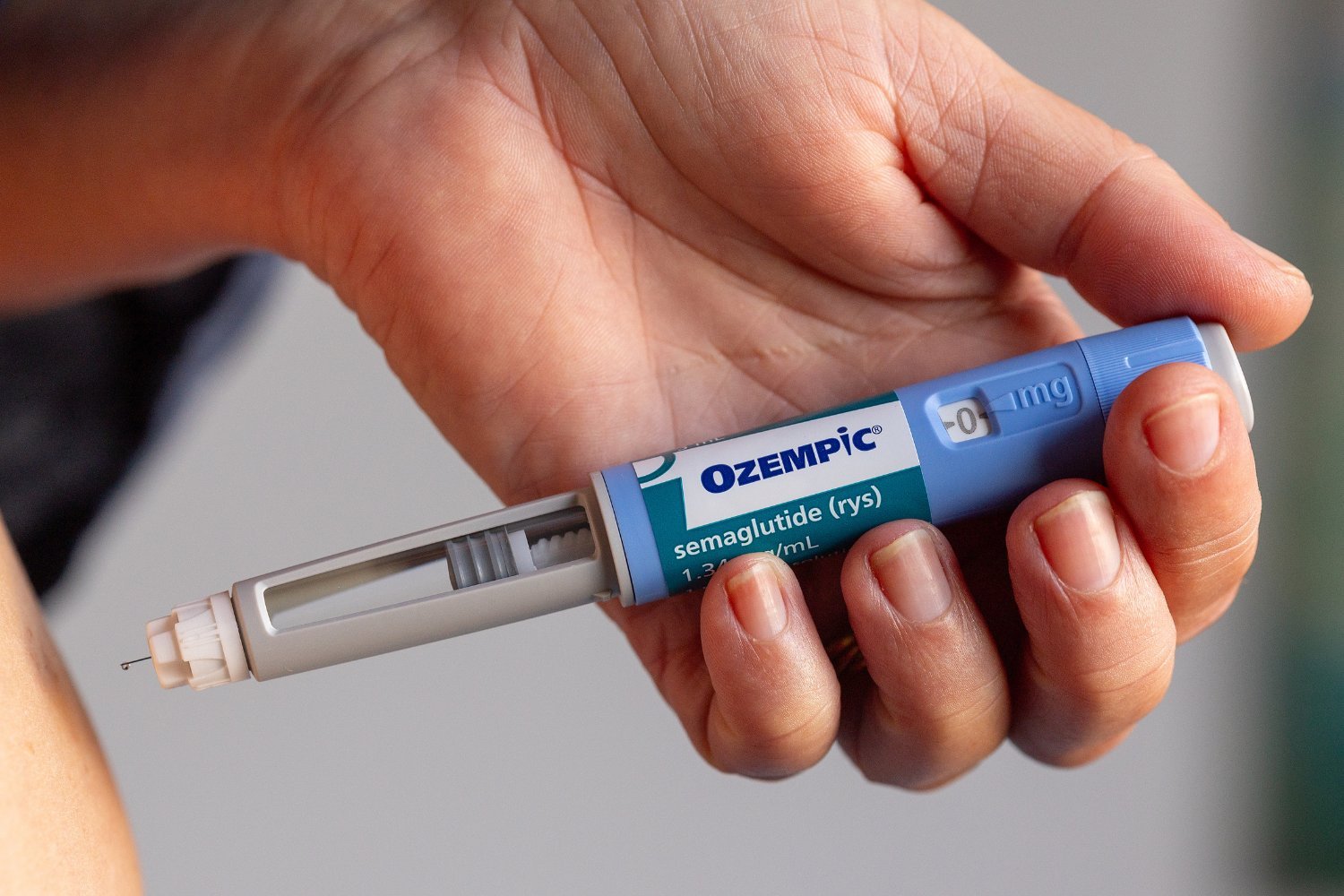Goodbye, Earth. Firefly’s lunar lander captured views of its home planet in the rearview mirror as it headed toward an orbit around the Moon, aiming for a touchdown on its dusty surface in about two weeks.
The Blue Ghost lander completed its trans-lunar injection maneuver on Wednesday, a series of engine burns designed to place the spacecraft in lunar orbit. After spending three weeks in a highly elliptical orbit around Earth, the mission has officially left the planet behind and is on its way to the Moon, according to Firefly Aerospace. Before ditching Earth completely, Firefly’s Blue Ghost captured gorgeous parting shots to commemorate the beginning of its journey.

The Blue Ghost mission launched on Wednesday, January 15, on board a SpaceX Falcon 9 rocket and is currently around halfway through its journey to the Moon. The mission, named “Ghost Riders in the Sky,” will spend around 16 days in lunar orbit before attempting a soft touchdown on the lunar surface.

Blue Ghost captured this trippy image of Earth reflected off the solar panel with the Moon on the horizon. Firefly’s X-band antenna and NASA’s LEXI payload can also be seen on the top deck of the lander.
Four weeks into the mission, Blue Ghost has downlinked more than 15 gigabytes of data, including data from NASA’s science payloads. The space agency packed 10 payloads on board Blue Ghost, which are ready to be deployed on the Moon as part of NASA’s Commercial Lunar Payload Services (CLPS) initiative. The payloads are designed to study the lunar surface and gather data to support future human missions to the Moon.
The Stereo Cameras for Lunar Plume-Surface Studies (SCALPSS) 1.1 instrument, designed by researchers at NASA’s Langley Research Center, will use four cameras to capture images of the interaction between Blue Ghost’s rocket plumes and foot pads with the Moon’s surface during the spacecraft’s descent and touchdown. “All 10 NASA payloads onboard are currently healthy and ready for surface operations on the Moon,” the agency wrote in a blog update.
Once it reaches the Moon, Blue Ghost is targeting Mare Crisium, the site of an ancient asteroid impact once filled with basaltic lava. The basalts in Mare Crisium are between 2.5 and 3.3 billion years old, according to NASA. We’re all rooting for Blue Ghost to have a smooth touchdown on the Moon and stick the landing.




